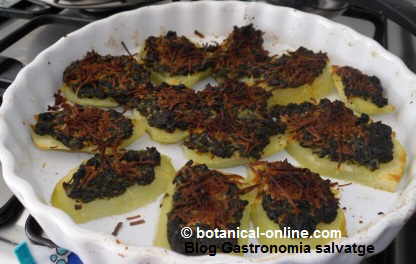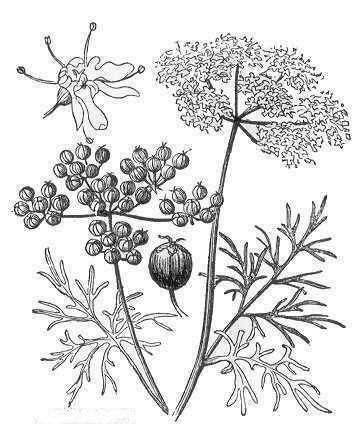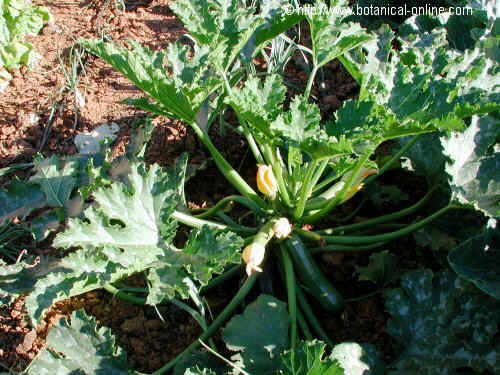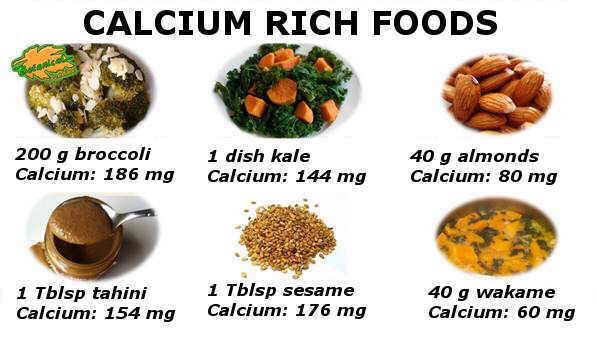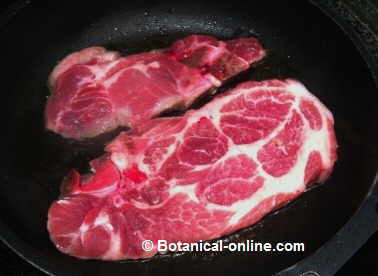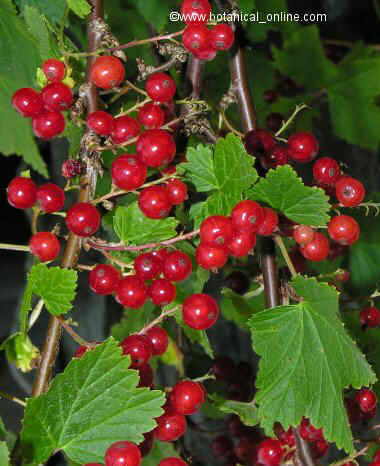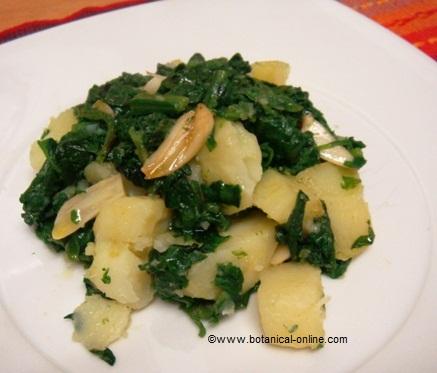Contents
What is Chinese cinnamon?
Characteristics of Chinese cinnamon (Cinnamomum cassia)
Common English name: Chinese cassia, Chinese cinnamon, Cassia bark
Scientific name: Cinnamomum cassia (L.) D. Don
– Taxonomic synonyms: Cinnamomum aromaticum Nees; Cinnamomum cassia Nees ex Blume
Etymology: The name of the genus Cinnamomum comes from the Greek “Kinnamomon”. It is believed that it is derived from cina, referring to China, which is where cinnamon was formerly imported; and amomos, which means cardamom , a plant of the ginger family, with a cinnamon-like odor. The name is shared with cinnamon from China (Cinnamomum cassia (L.) D. Don)
Family: Lauraceae or laurel family, such as laurel (Laurus nobilis)
Description of Chinese cinnamon
Chinese cinnamon or cassia (Cinnamomum cassia Blume = Cinnamomum aromaticum) is a type of cinnamon that comes from China and Indonesia.
It is a tree of up to 15 m in height and with very distinctive red bark. It is the species most used in America as opposed to the cinnamon of Ceylon that is used more in Europe.
Properties of Chinese cinnamon and Ceylon cinnamon are similar. especially in regard to its
digestive properties and its antiseptic properties in external use.
In Traditional Chinese Medicine is used more frequently than the authentic cinnamon.
Composition of Chinese cinnamon
- Acids: ascorbic, palmitic pcoumaric (crust)
- Terpenes: alphapinene, alphaterpinene, alphaylangene, camphene, betapinene, caryophyllene, limonene, Linalool (bark)
- Coumarins (Bark)
- Essential oil, rich in benzalhehyde (Plant) eugenol, farnesol, gammaterpineol, geraniol, isoeugeneol, caryophyllene (bark)
- Fiber (bark)
- Tannins (plant)
- Mucilage (bark)
- Coumarins
Differences between genuine cinnamon and that of China
The true cinnamon is the one extracted from the plant Cinnamomum verum J. Presl. The main difference between these types of cinnamon is that Chinese cinnamon contains less eugenol and more mucilage than authentic cinnamon (C. verum). In addition, Chinese cinnamon has a thicker bark.
![]() More information on cinnamon.
More information on cinnamon.

